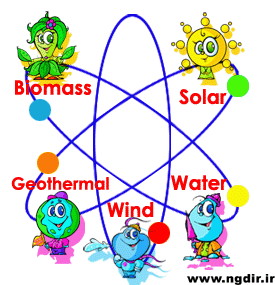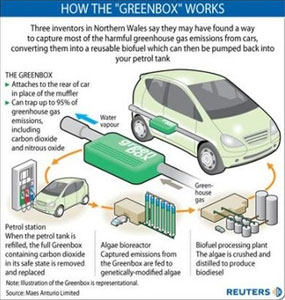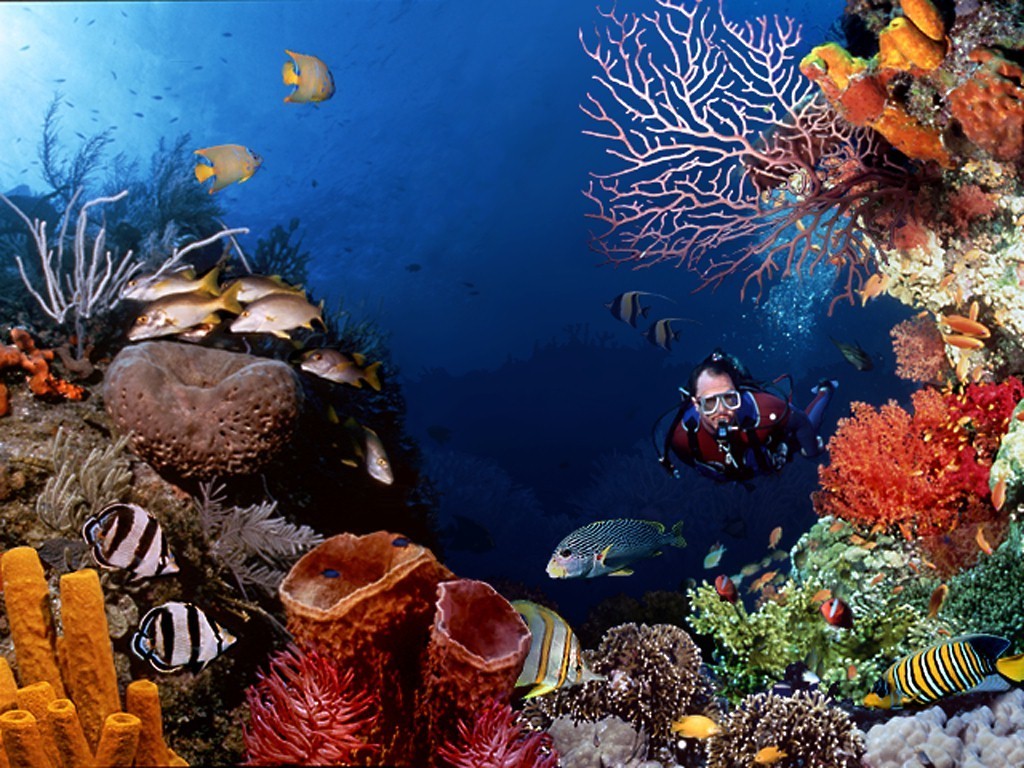THE Malaysian Nature Society (MNS) Selangor Branch is dismayed to learn of the Selangor Agricultural Development Corporation (PKPS) proposal to convert the remaining peat forest in the Kuala Langat South (KLS) forest reserve to oil palm.
Although PKPS reported that the forest reserve does not have valuable hardwood and consists mostly of trees from the macaranga genus, independent scientific reports note that the forest reserve retains a rich diversity of native species, including important commercial trees and notable timber species such as Kempas (Koompasia malaccensis), Meranti Bakau (Shorea rugosa) and Ramin (Gonystylus bancanus).
MNS notes that scientists from Universiti Kebangsaan Malaysia doing research in Kuala Langat South found that the forest was extremely rich in species, with a high potential for finding insect and animal species that have never before been recorded in Malaysia and some which were entirely new to science.
Scientific expeditions in recent weeks further produced evidence of the presence of sunbears and panthers in the Kuala Langat South Forest Reserve.
In addition, peat forests such as Kuala Langat South provide valuable ecological services, such as maintaining freshwater quality, hydrological integrity, and carbon storage and sequestration.
The National Conservation Strategy also notes that the KLS forest reserve plays an important role in flood mitigation.
Local and indigenous communities also depend on peatlands for their livelihood. Any human influence on the Kuala Langat South Forest Reserve, therefore, can affect its form and function.
Although PKPS reported that the forest reserve does not have valuable hardwood and consists mostly of trees from the macaranga genus, independent scientific reports note that the forest reserve retains a rich diversity of native species, including important commercial trees and notable timber species such as Kempas (Koompasia malaccensis), Meranti Bakau (Shorea rugosa) and Ramin (Gonystylus bancanus).
MNS notes that scientists from Universiti Kebangsaan Malaysia doing research in Kuala Langat South found that the forest was extremely rich in species, with a high potential for finding insect and animal species that have never before been recorded in Malaysia and some which were entirely new to science.
Scientific expeditions in recent weeks further produced evidence of the presence of sunbears and panthers in the Kuala Langat South Forest Reserve.
In addition, peat forests such as Kuala Langat South provide valuable ecological services, such as maintaining freshwater quality, hydrological integrity, and carbon storage and sequestration.
The National Conservation Strategy also notes that the KLS forest reserve plays an important role in flood mitigation.
Local and indigenous communities also depend on peatlands for their livelihood. Any human influence on the Kuala Langat South Forest Reserve, therefore, can affect its form and function.


































